Tata Motors' Plan To Beat MG And Mahindra EVs
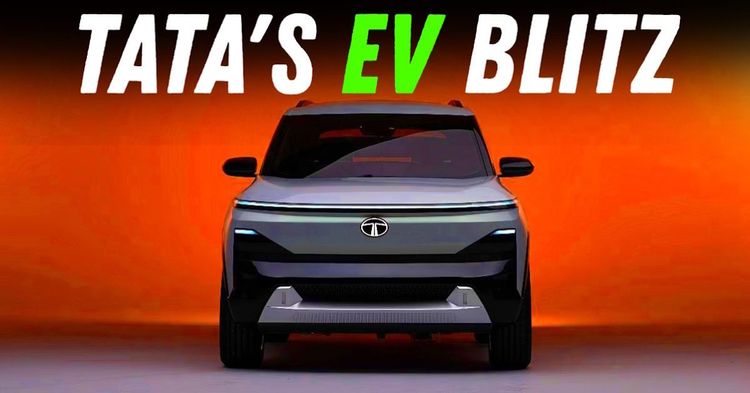

Tata Motors has laid out its most aggressive electric vehicle strategy yet, aimed at outpacing rivals MG and Mahindra in the fast-evolving zero-emissions space. With multiple new models including the Harrier.ev, Safari.ev and Sierra.ev slated to launch before mid-2026, and the long-anticipated Avinya following by the end of that year, Tata is positioning itself to dominate not just on volumes but across multiple price bands and buyer types. It is a strategy built on timing, smart product segmentation, and the growing maturity of Tata's EV ecosystem.
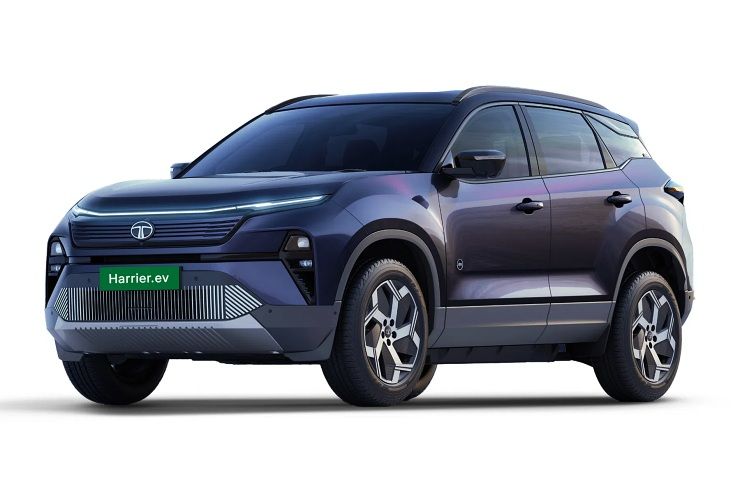
At the core of Tata’s push is its decision to electrify some of its most recognisable nameplates. The Harrier.ev, Safari.ev and Sierra.ev are all confirmed for launch by mid-2026, with at least two of them launching within 2025, targeting distinct buyer segments but built on shared foundations. This allows Tata to scale production more efficiently while offering variety to consumers.
The Harrier.ev is aimed at buyers seeking a large, muscular five-seater SUV with presence and performance. The Safari.ev will cater to those needing seven seats, making it one of the few three-row EVs on offer in the market. The Sierra.ev, reviving an iconic name, targets urban buyers looking for something stylish and unique. The idea is to meet customers at different points in their EV journey, whether they value space, nostalgia, or individuality.

The Sierra.EV is arguably Tata’s most emotional product, and it is being positioned more as a lifestyle offering. With its distinctive glasshouse design inspired by the original Sierra from the 1990s, the EV version is likely to appeal to urban adventurers who want their vehicle to stand out.
Unlike the Harrier, which leans towards utility, the Sierra is expected to emphasise comfort, minimalist interiors, and technology-forward features such as connected car functions and advanced ADAS. Tata is also likely to equip it with multiple seating configurations, including captain seats in higher variants. In this sense, it could carve a niche for itself against more generic-looking rivals from MG, Hyundai or Mahindra.
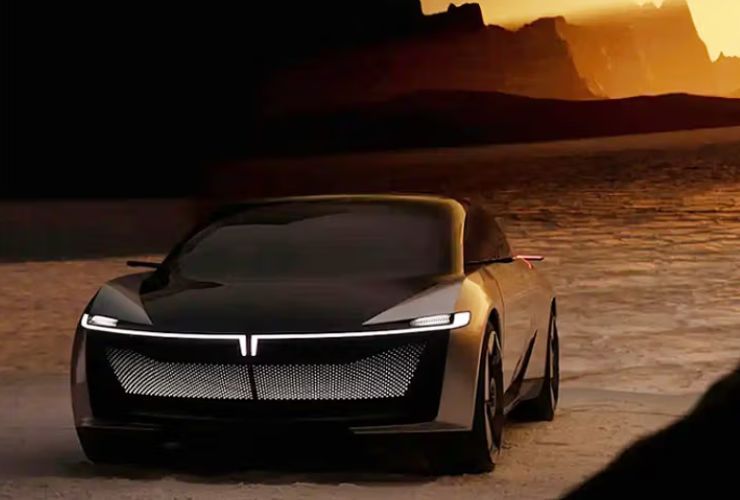
Then there’s the Avinya, Tata’s flagship EV that breaks completely from convention. This is not based on any existing platform or model. The Avinya will debut Tata’s Gen 3 skateboard platform, designed purely for EVs, which allows for long wheelbase, short overhangs, and a lounge-style cabin.
While it may sit in the ₹30–₹40 lakh bracket, its design language, premium materials, and expected 500+ km range put it in contention with international models like the BYD Seal or even entry-level variants of the Kia EV6.
More than just a car, Tata is framing Avinya as a statement; an EV that brings together sustainability, space, and software-led user experience. The use of vegan materials, voice-first interfaces, and fewer physical controls signal a deliberate shift toward a tech-forward and environmentally conscious buyer.
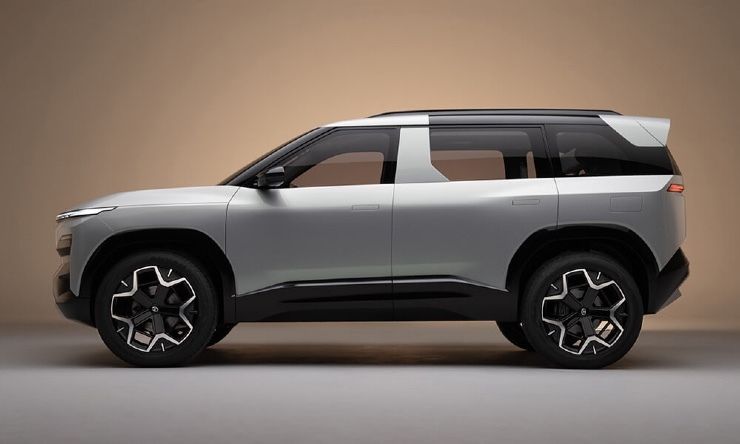
Tata’s plan goes beyond just slapping an EV badge on its popular SUVs. Each upcoming product is being crafted with a distinct buyer in mind, and designed to stand apart from rivals in its segment.
The Harrier.ev is expected to be a practical, full-size SUV with an upright stance and a premium cabin. Unlike the ICE version, it will benefit from Tata’s new acti.ev platform, promising better cabin packaging, a flat floor and improved space. Expected features include a large infotainment screen, connected tech, dual-motor options and possibly vehicle-to-load capability. Its key rivals will include the MG ZS EV, Creta EV and the upcoming Mahindra XUV 9e, but Tata is likely to play to its strengths in design and perceived toughness.
The Sierra.ev is designed as a lifestyle EV with visual flair and heritage appeal. Its wraparound rear glass and minimalistic cabin could attract design-conscious customers who value both form and function. It is expected to come with advanced ADAS, configurable seating layouts and comfort-first cabin features. Positioned smartly, it could carve out a niche between the compact ZS EV and the more performance-oriented Mahindra BE6.
The Avinya is where Tata is betting on the future. This is not a converted SUV but a born-electric vehicle built on a Gen 3 skateboard platform. It promises long range, futuristic interiors, a voice-first interface and sustainable materials. Avinya is being pitched as a lounge-on-wheels for urban users, and will rival not just MG and Mahindra’s high-end EVs but also the likes of BYD Seal and entry-level Kia EV6 variants.
While Tata has an early lead with the Nexon.ev, Punch.ev and now the Curvv.ev, the market is getting crowded. MG’s Windsor has quickly become the country’s best-selling EV. Mahindra has already launched two born-electric SUVs, the BE6 and XUV 9e, which together have received nearly 38,000 bookings.

Kia is gearing up to introduce the Carens Clavis EV, and Hyundai has launched the Creta Electric, though its initial market response has been lukewarm. Meanwhile, global brands like BYD are slowly gaining traction with models like the Atto 3.
Tata’s upcoming lineup will have to bring tangible improvements in design, range, features and ownership experience to maintain its leadership. It cannot rely on early-mover advantage alone.
Value-for-money will remain critical, but increasingly, buyers are looking at long-term ownership, fast charging, service support and software quality. In these areas, Tata is banking on its existing EV ecosystem, including its in-house battery management and partnerships with infrastructure providers, to stay ahead.
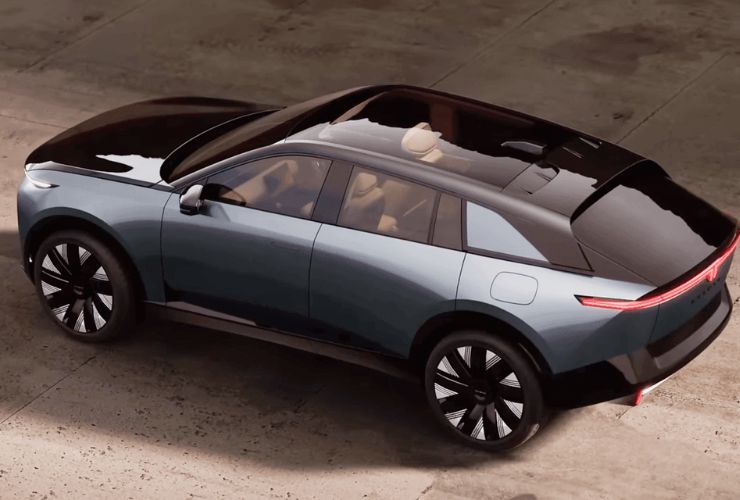
Tata’s electric strategy walks a fine line between trust and transformation. By leaning on familiar badges like Harrier and Sierra, the company taps into existing brand equity and customer loyalty. At the same time, it is preparing to move the conversation forward with the Avinya, which is designed to appeal to buyers who want their EV to be as futuristic as their smartphone.
Whether this dual-track strategy succeeds will depend on execution. Timely launches, sharp pricing, and reliable service will be critical. But if Tata manages to deliver on these fronts while keeping its lineup differentiated and appealing, it has a credible shot at not just beating MG and Mahindra, but shaping the direction of the mainstream EV market itself.